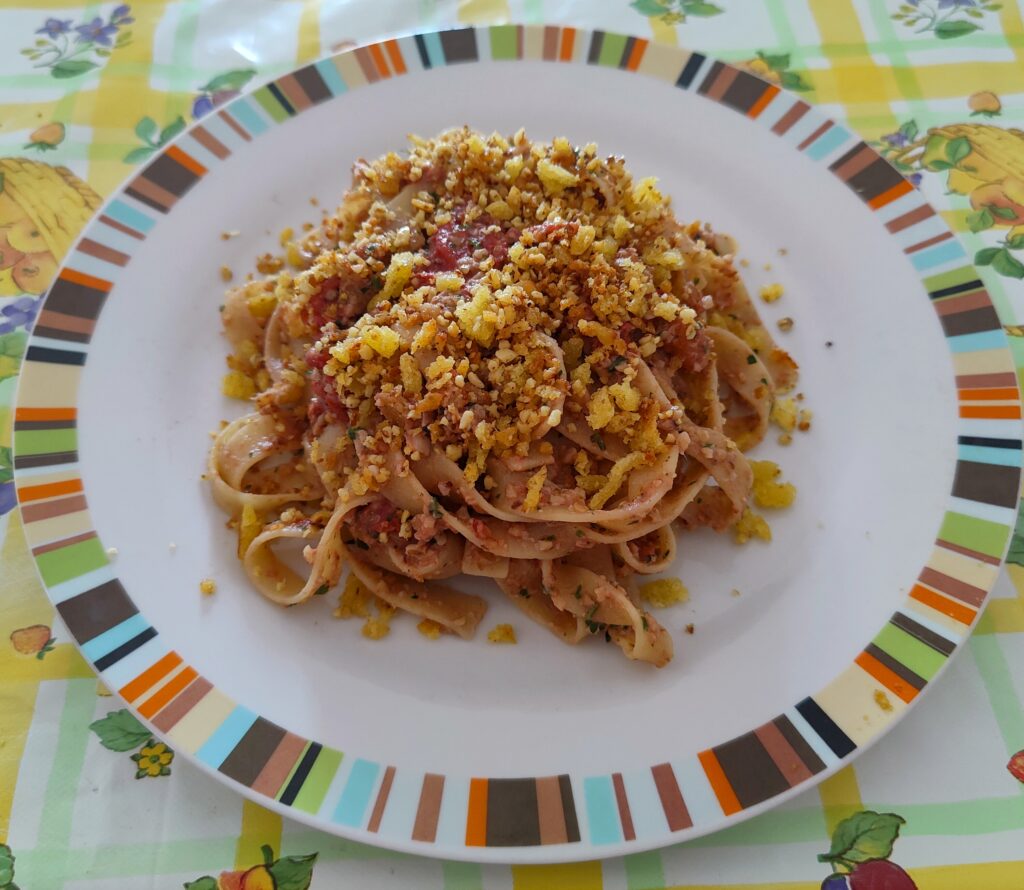The typical products of Basilicata
GRAND TOUR BLOG | 25 September 2020

The typical products of Basilicata

Basilicata
Greeks, Byzantines, Longobardi, Saracens, Normans, then Federico II and the Aragonese changed over the centuries at the head of Basilicata, a land nestled between mountains and sea, with different landscapes that create unforgettable color contrasts: there is Matera with its province, soon Capital of European Culture in 2019, a milestone that will allow the Lucanian town to reveal to those who still do not know the extraordinary panoramas from the lunar surface - or from the dawn of Christianity, as Pasolini suggested earlier, then Mel Gibson on the big screen some time ago - an uncontaminated charm that exudes centuries of history. The Sassi have marked its international fame, the Sassi guard its soul, and the traces of a cultural mix to be found in the stone, between wall paintings and hidden crypts.

What are the typical Lucanian products?
- The cheeses: Like any self-respecting pastoral region, it is in the dairy art that Basilicata shows off all its knowledge. Among the unmissable delicacies, the canestrato di Moliterno, historical area of transhumance, produced with whole goat's and sheep's milk smaller percentages of cow's milk, and the casieddu, white color that tends to ivory based on raw goat milk in the wild, flavored with calamintha napeta savi, this nepeta, aromatic plant similar to mint;
- Cold cuts: There is also the tradition of sausages, with a product above all to be the master: the lucanica, whose paternity has always been disputed with the Milanese. Origins aside, here it finds its best expression in the municipalities of Picerno and Cancellara, where it is made with the shoulder of the pig raised in the wild, coarse-grained with a knife, seasoned with wild fennel and then stuffed in a natural casing and seasoned;
- The beans: Intense the cultivation of legumes, especially beans. Two the most famous ones: the beans of Rotonda DOP, of the Pollino area, and the Sarconi bean, of the Alta Val d’Agri, between the Sirino and Volturino mountains.
- lightweight: The lagane are a type of fresh pasta similar to tagliatelle, but thicker, wide and short: they are made with water, durum wheat flour and salt, and are usually seasoned with beans.
- Matera bread: Perhaps the most representative product of the region, emblem of local gastronomy full of symbolic meanings: until the 1950s, Matera bakers used to mark bread with a wooden stamp depicting their family, to distinguish it after collective baking;
- Fucuazza with the prime minister: One of the region's best-known bakery specialties, which also reflects the influences of neighboring territories, Calabria and Puglia in the first place. Baked in a wood oven, the focaccia is naturally leavened with sourdough and is flavored with extra virgin olive oil, tomato and oregano sauce.



